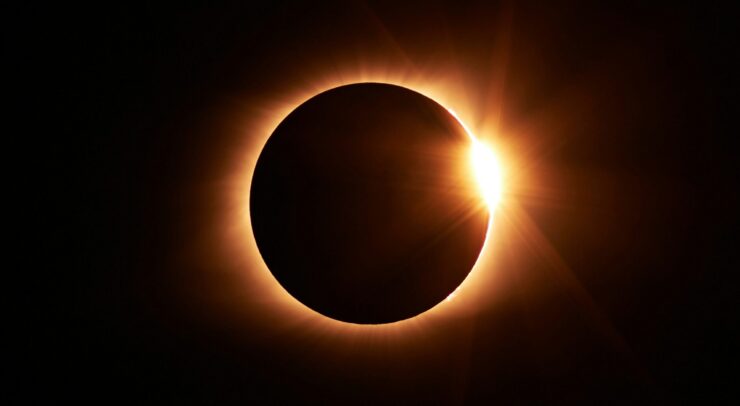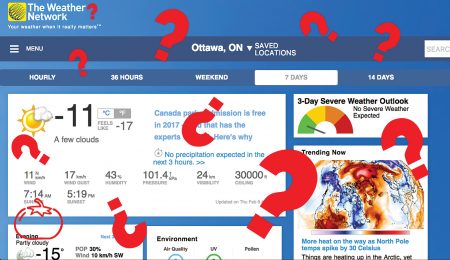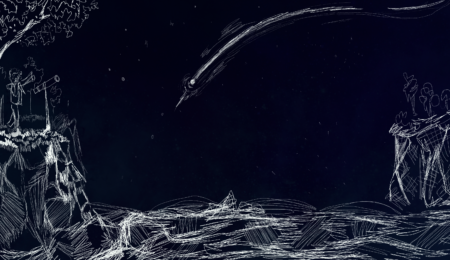Worth missing your exams for
On April 8, residents of south-eastern Canada and much of the U.S. will have the opportunity to experience a total solar eclipse — last observed over 45 years ago. At specific times and durations based on location, those fortunate enough will be able to witness the sun become totally or partially covered by the moon.
Being referred to as a “once-in-a-lifetime” opportunity, this will be the last total solar eclipse viewable from Canada and the U.S. until August 2044, expected to pass through Canada’s Prairies and northward regions.
There are several conditions or “coincidences”, as Christian Gigault, full-time physics professor at the University of Ottawa described, that need to happen in order for a total solar eclipse to take place.
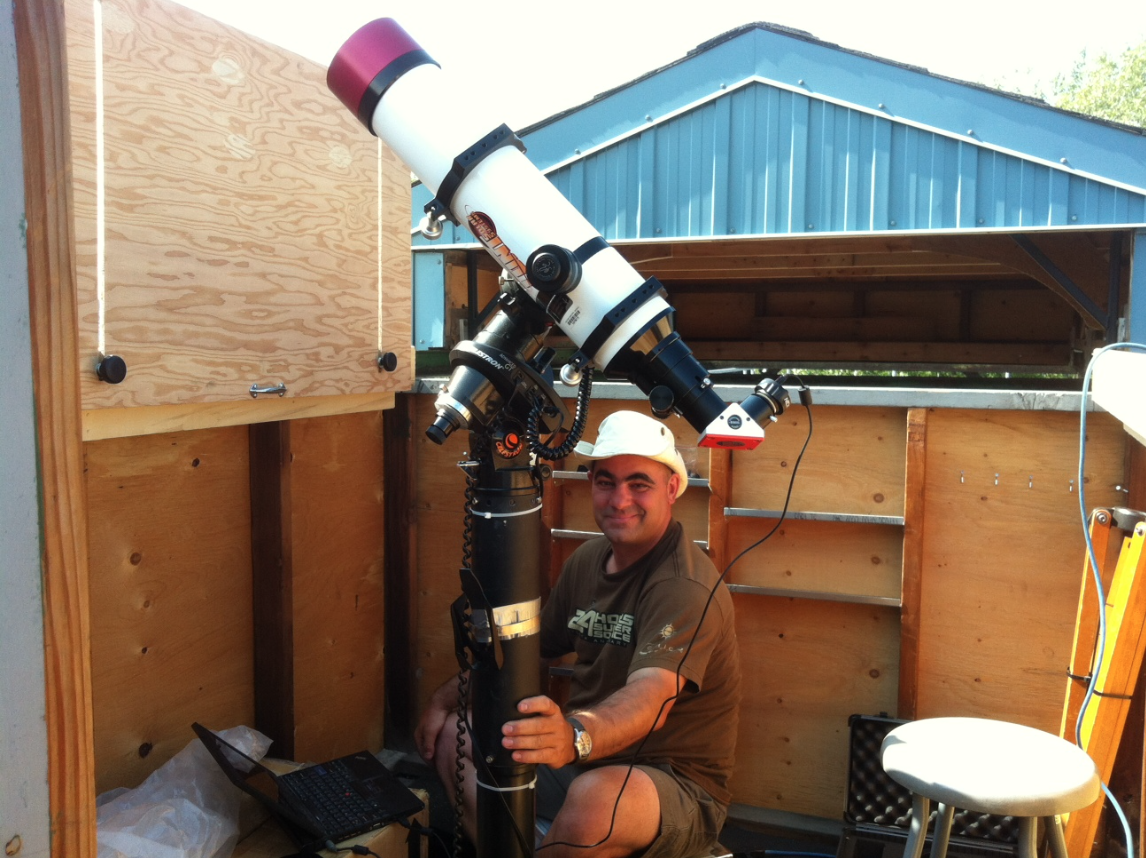
The Fulcrum sat down with Gigault to discuss these conditions. However, it should be noted they are a gross simplification that neglects axial, apsidal and nodal precession, as well as the effect of celestial bodies’ gravities on the moon.
Number 1: Moon needs to intercept sun along its orbit; syzygy
When the moon orbits the earth, it does so at an angle of about five degrees to the plane of the earth’s orbit around the sun; known as the ecliptic. If you were to think about this as two CDs, as Gigault explained, “the plane of the Moon’s orbit has to be exactly in the right configuration with respect to the plane of the Earth’s orbit.”
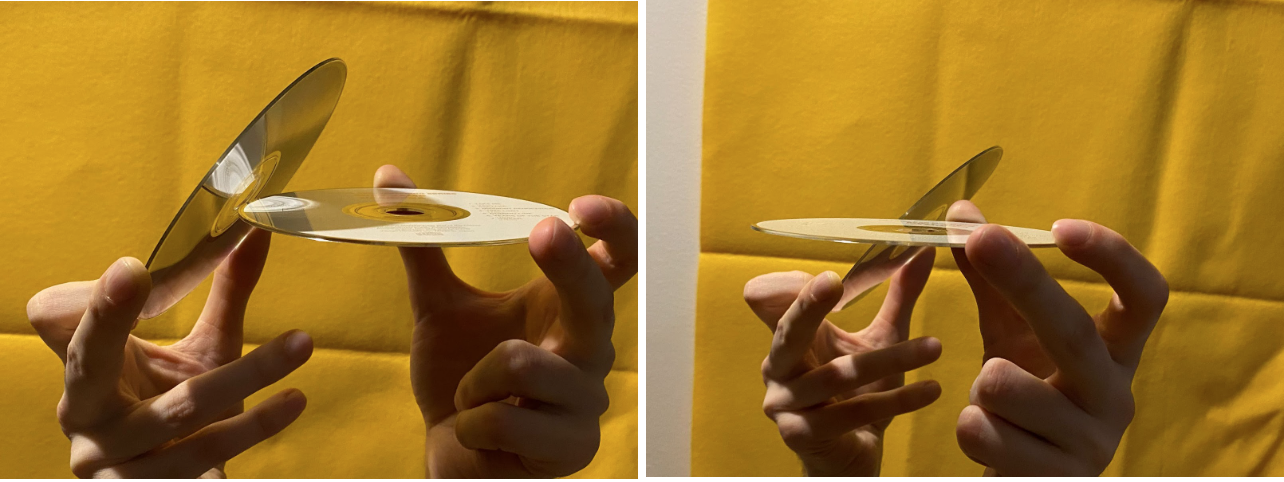
He added, “if the orbits are like that (fig 1), then the moon will go above. [However],if the orbits are l five degrees below the new moon will go below the sun. And it has to be like this (right image, cd behind or in front of sun cd). So that it has a chance to pass in front of the sun.”
When the moon passes through the ecliptic, known as the lunar nodes, it needs to be between the sun and earth in a way where the moon will cast a shadow on the earth.
Number 2: Moon Phase
A more obvious and related requirement to the first condition, the moon needs to be in the right phase.
“The other timing [for an eclipse to occur] is that it also has to coincide with either a full moon or new moon. If it’s a full moon, it’s going to be a lunar eclipse where the moon will be behind the shadow of the earth and if it’s a new moon the New Moon is in front between the Sun and the Earth,” Gigault explained.
Lunar eclipses tend to occur more often than solar eclipses due to the size of the earth and the moon having to travel through the earth’s shadow. However, solar eclipses are always preceded or followed by a lunar eclipse, occurring approximately two weeks before. If you consider the 2 CDs (it takes two weeks to move from a full moon – on the side opposite of the sun to a new moon – in between the sun and earth.
Number 3: Perigee
At this stage, when the new moon has passed the ecliptic directly between the sun and earth, or in other words, the moon is properly in between the sun and earth, a solar eclipse will occur. However, another coincidence now needs to occur for the sun to be totally covered; for totality to happen: the moon needs to be near enough to perigee; close enough to Earth.
The moon itself travels along an ecliptic-shaped orbit, or an egg-shaped orbit for the more agriculturally-informed (though the orbit is almost entirely circular). When the moon is close to this orbit, the moon is slightly larger (about 14 per cent) often referred to as a “supermoon”— though that is not an astronomical term.
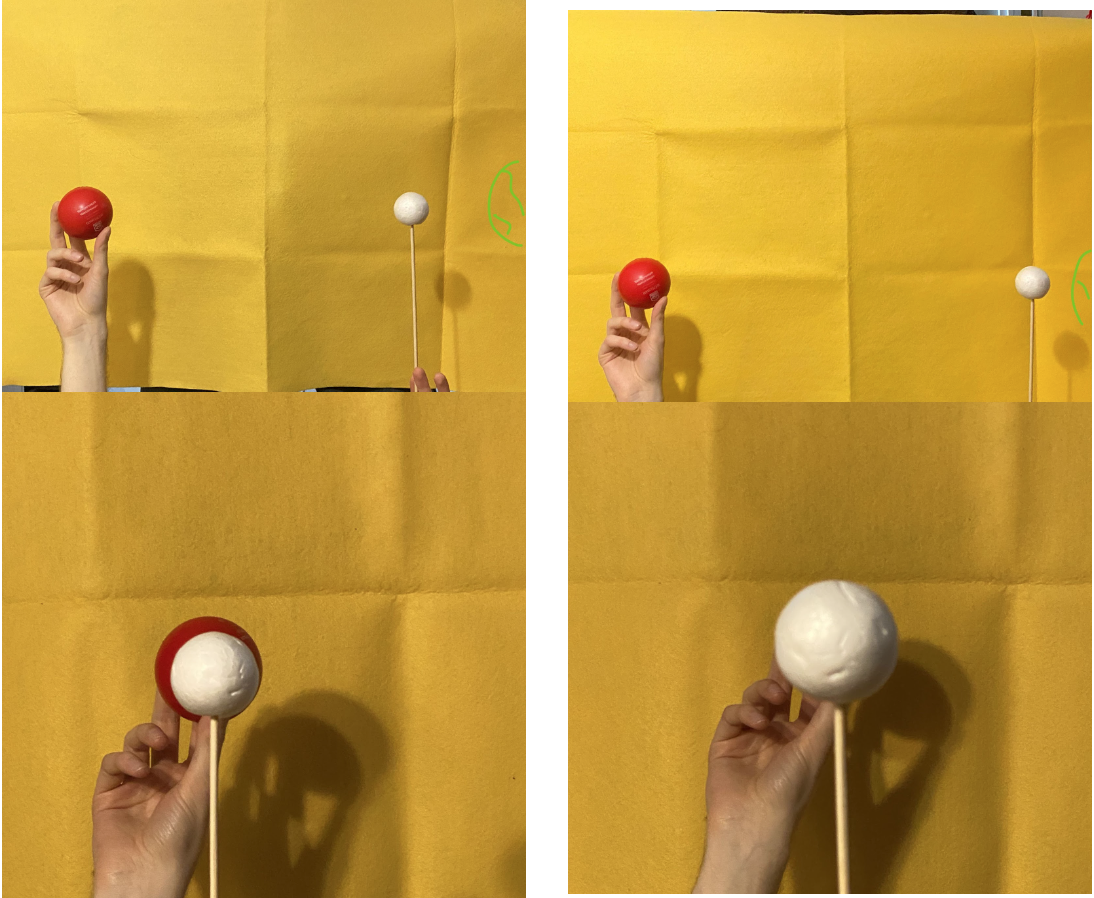
(fig. 3) (Right): Moon is near perigee, close enough to Earth so that it appears to fully eclipse the sun (not to scale).
In order for the eclipse to be total (fig 3) and not annular (fig 2) (when the moon is too far to fully cover the sun), the moon needs to be near enough to the orbit’s perigee.
Number 4: Being at the right spot on Earth
Eclipses are not viewable everywhere. Where you are on the Earth may affect how much of the sun is covered and for how long. Ottawa will experience a partial solar eclipse, while areas such as Hamilton, Montreal and parts of the east coast will be experiencing totality.
“It turns out there’s a coincidence right now. What I mean is the last 500 million years and for about another 500 million years, is that in the sky, we’re lucky to live right now.” commented Gigault. “If you look at the moon, and you put your thumbnail in something you’ll find the moon and the sun from here are almost the same size.”
He then explained how moving to a different spot on Earth will change the perspective. “But, if it’s like this, or if I change my perspective, or I raise my camera, then I will look at this. If I lower the camera, it will look like this. That’s all there is: totality is when you happen to be right in the right place. If you move a few 100 kilometres, then the perspective will change.”
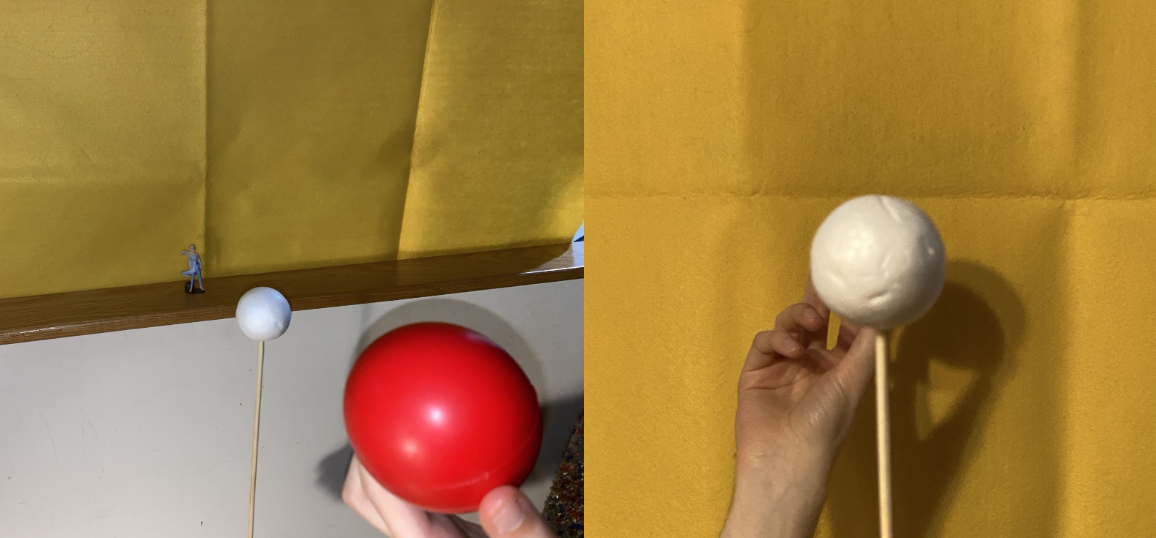
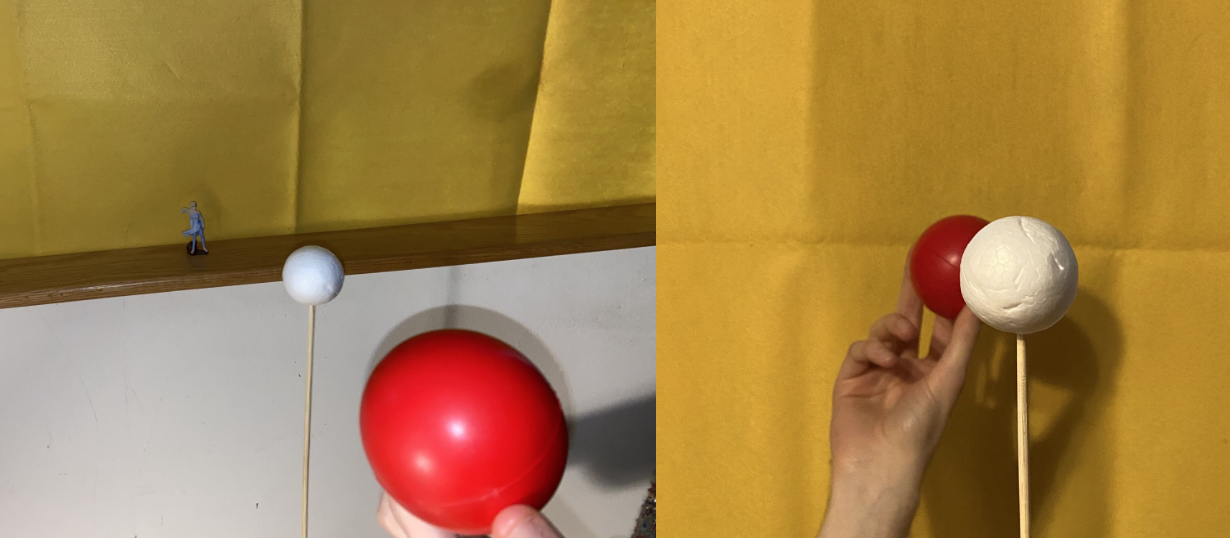
What to do to prepare
For those who plan to observe the eclipse, be sure to check current estimates on where to watch and when. If you plan to watch it locally, there are various locations around Ottawa to view the sun being almost fully covered by the moon. Most importantly, do not neglect the sheer wonder of an eclipse, even if where you are viewing it from will not be full totality.
“It’s still gonna look really good for us [in Ottawa],” Gigault added. “It will be offset a little bit, however. There will be a really bright part of the sun and they call it the engagement ring because it will look like a round thing with a really bright portion that doesn’t get covered. Thus, appearing like an engagement ring with a big diamond.”
Doğa Dokuz, President of the U of O astronomy club uOAstro, described their club’s plans for the event. “We are collaborating with professors (…) Gigault and Dr. Joseph DeKonick, since they are highly interested in astronomy and sky observation… we are trying to use our resources to give everyone a lifetime experience.”
IMPORTANT:
It’s crucial to exercise caution while embracing the beauty of the eclipse. “If you are not able to obtain official Eclipse glasses or if you do not have a welding mask, do not look at it,” Gigault emphasized.
He continued, “if you stare at it, you might stare at it when it’s a bit darker. Causing your pupils widen and your squinting reflex to slow. If [your blinking reflex] does not trigger, you may look at it long enough to damage your eyes. This damage is going to be haunting you for the rest of your life.”
Bonus Round: DIY pinhole camera
This is a how-to according to Gigault on creating your own pinhole camera by projecting the image onto a cardboard box.
Step one: Acquire a box
Step two: make a big hole in the box and cover it with aluminum foil
Step three: take a needle and make a hole in the foil
He added, “since the pinhole is too small, you know, you only do that when you make a tiny little hole in between your fingers, you can probably see sharper through that little hole in there. And then if you project what comes out of [the pinhole]onto a piece of paper, then it’s perfectly safe as well.”

